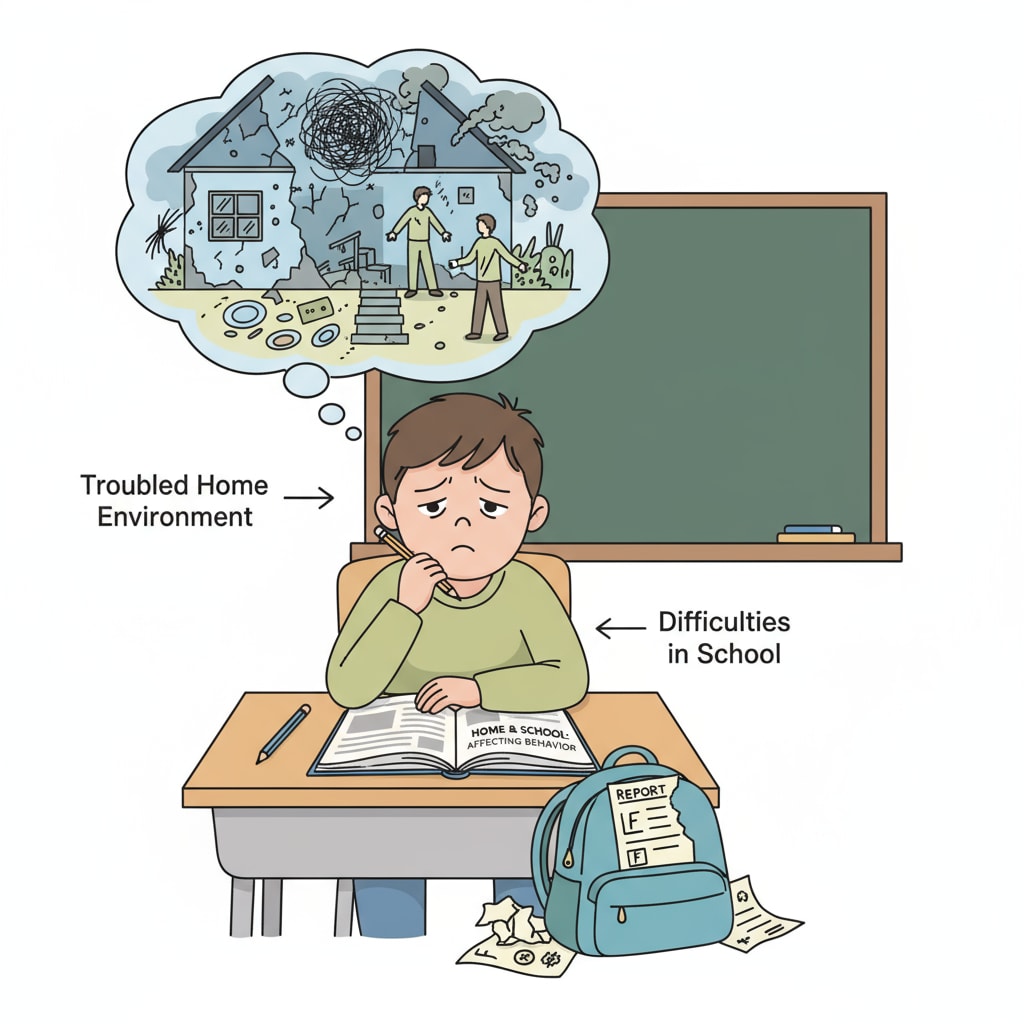School bullying, with its associated hostility and negative impact on relationships, is a pressing issue in today’s educational landscape. It’s not just a simple squabble among peers but a complex problem that can leave lasting scars on the victims.

As students navigate the corridors of middle school, they may encounter various forms of bullying, which can significantly affect their psychological development. Understanding the root causes of this behavior is the first step towards creating a more inclusive and friendly school environment.
The Roots of Hostility in School
Hostility in school often stems from multiple factors. One significant cause is a lack of proper communication skills among students. When they fail to express their feelings and needs effectively, misunderstandings can arise, leading to resentment and eventually hostility. For example, a student who feels left out may lash out in an attempt to gain attention. Another factor could be the influence of the home environment. Students who experience turmoil or lack of emotional support at home may bring that negativity to school. According to American Psychological Association’s research on bullying, family stress can contribute to a child’s aggressive behavior at school.

The Impact on Psychological Development
The effects of school bullying on students’ psychological well-being are profound. Victims may experience anxiety, depression, and a loss of self-esteem. They may become withdrawn, avoiding social interactions and activities they once enjoyed. In addition, bullying can also affect academic performance. Students who are bullied often find it difficult to concentrate in class, leading to a decline in grades. As stated in a study on the psychological impact of bullying, the long-term consequences of bullying can extend into adulthood, affecting an individual’s ability to form healthy relationships.
Rebuilding healthy relationships is crucial for creating a positive school environment. Teachers and parents play a vital role in this process. Teachers can organize activities that promote teamwork and communication, such as group projects and class discussions. This helps students learn to work together and understand each other better. Parents, on the other hand, should provide a supportive home environment and teach their children empathy and respect. By working together, we can help students break free from the cycle of bullying and hostility and build relationships based on trust and kindness.
Readability guidance: This article uses short paragraphs to make the content more accessible. Lists are used where appropriate to summarize key points. The passive voice is minimized, and transition words like ‘for example’, ‘in addition’ are used to enhance the flow of the text.


